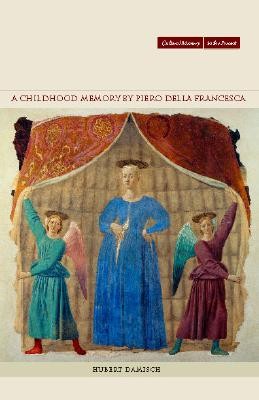| A Childhood Memory by Piero Della Francesca Contributor(s): Damisch, Hubert (Author), Goodman, John (Translator) |
|
 |
ISBN: 0804734429 ISBN-13: 9780804734424 Publisher: Stanford University Press OUR PRICE: $23.75 Product Type: Paperback - Other Formats Published: June 2007 Annotation: Piero della Francesca's "Madonna del Parto", a celebrated fifteenth-century Tuscan fresco in which the Virgin gestures to her partially open dress and her pregnant womb, is highly unusual in its iconography. Hubert Damisch undertakes an anthropological and historical analysis of an artwork he constructs as a childhood dream of one of humanity's oldest preoccupations, the mysteries of our origins, of our conception and birth. At once parodying and paying homage to Freud's seminal essay on Leonardo da Vinci, Damisch uses Piero's enigmatic painting to narrate our archaic memories. He shows that we must return to Freud because work in psychoanalysis and art has not solved the problem of what is being analyzed: in the triangle of author, work, and audience, where is the psychoanalytic component located? |
| Additional Information |
| BISAC Categories: - Literary Criticism | Semiotics & Theory - Art | Criticism & Theory |
| Dewey: 759.5 |
| LCCN: 2007007541 |
| Series: Cultural Memory in the Present |
| Physical Information: 0.41" H x 5.74" W x 8.62" (0.41 lbs) 136 pages |
| Themes: - Chronological Period - 18th Century |
| Descriptions, Reviews, Etc. |
| Publisher Description: Piero della Francesca's Madonna del Parto, a celebrated fifteenth-century Tuscan fresco in which the Virgin gestures to her partially open dress and her pregnant womb, is highly unusual in its iconography. Hubert Damisch undertakes an anthropological and historical analysis of an artwork he constructs as a childhood dream of one of humanity's oldest preoccupations, the mysteries of our origins, of our conception and birth. At once parodying and paying homage to Freud's seminal essay on Leonardo da Vinci, Damisch uses Piero's enigmatic painting to narrate our archaic memories. He shows that we must return to Freud because work in psychoanalysis and art has not solved the problem of what is being analyzed: in the triangle of author, work, and audience, where is the psychoanalytic component located? |